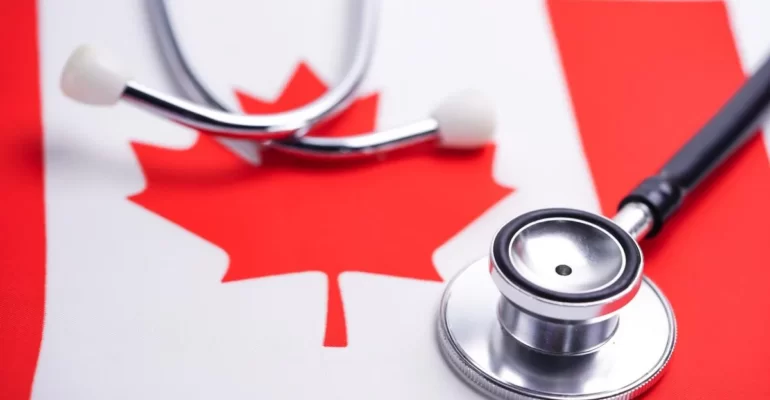Health Card: Your Key to Accessing Healthcare in Canada
When it comes to accessing healthcare in Canada, having a health card is essential. In this blog post, we will explore the importance of a health card, specifically focusing on the Ontario Health Insurance Plan (OHIP). We will also compare the healthcare systems in Canada, India, and the USA. Let’s dive in!
1. Health Card: Your Gateway to Healthcare
- The health card, issued by the provincial government, grants you access to medically necessary healthcare services in Canada.
- In Ontario, the health card is known as the Ontario Health Insurance Plan (OHIP) card.
- It covers a range of services, including visits to doctors, specialists, hospital stays, and certain medical procedures.
2. OHIP: Ontario’s Healthcare Coverage
- OHIP provides coverage to eligible Ontario residents, including Canadian citizens, permanent residents, and certain categories of temporary residents.
- To be eligible for OHIP, you must have lived in Ontario for at least 153 days in any 12-month period.
- OHIP coverage ensures that you can access healthcare without worrying about high out-of-pocket costs.
3. Benefits of OHIP
- With an OHIP card, you can visit doctors, specialists, and healthcare providers without paying directly for their services.
- OHIP covers most medically necessary services, such as consultations, diagnostic tests, surgeries, and emergency care.
- It provides peace of mind, knowing that you have access to essential healthcare services when needed.
4. Comparing Healthcare Systems: Canada, India, and the USA
- Canada’s healthcare system, often referred to as Medicare, is publicly funded and accessible to all residents based on need.
- In India, healthcare is a mix of public and private systems, with varying levels of accessibility and quality.
- The USA has a predominantly private healthcare system, with insurance coverage playing a significant role.
5. Universal Healthcare in Canada 🇨🇦
- Canada’s healthcare system is based on the principle of universality, ensuring that all residents have access to necessary healthcare services.
- It is funded through taxes and provides coverage for most medical services, including hospital care and physician services.
6. Healthcare in India 🇮🇳
- India’s healthcare system is characterized by a mix of public and private providers.
- Public healthcare is provided by government-run facilities, but quality and accessibility can vary across different regions.
- Many people in India rely on private healthcare services for better quality and faster access to care.
7. Healthcare in the USA 🇺🇸
- The USA has a predominantly private healthcare system, where individuals are responsible for obtaining their own health insurance coverage.
- The cost of healthcare in the USA can be significantly higher compared to Canada and India, and access to care can be limited for those without insurance.
In conclusion, having a health card, such as OHIP in Ontario, is crucial for accessing healthcare services in Canada. Canada’s universal healthcare system provides coverage to eligible residents, ensuring that necessary medical services are accessible without incurring high costs. While healthcare systems vary across countries, Canada’s commitment to providing universal healthcare sets it apart. Remember to always carry your health card with you and stay informed about the healthcare services available to you in your province. Your health is your wealth!



